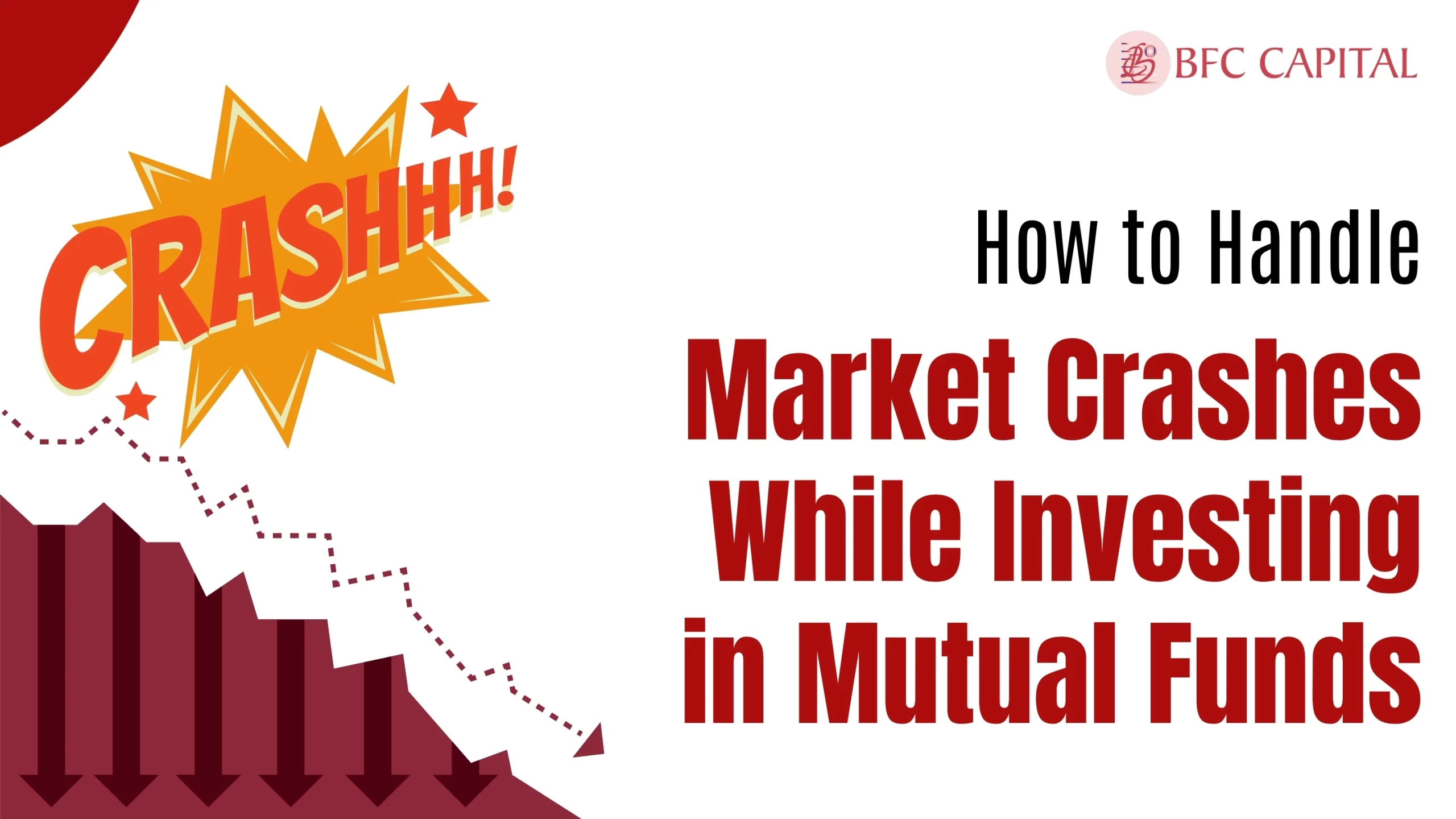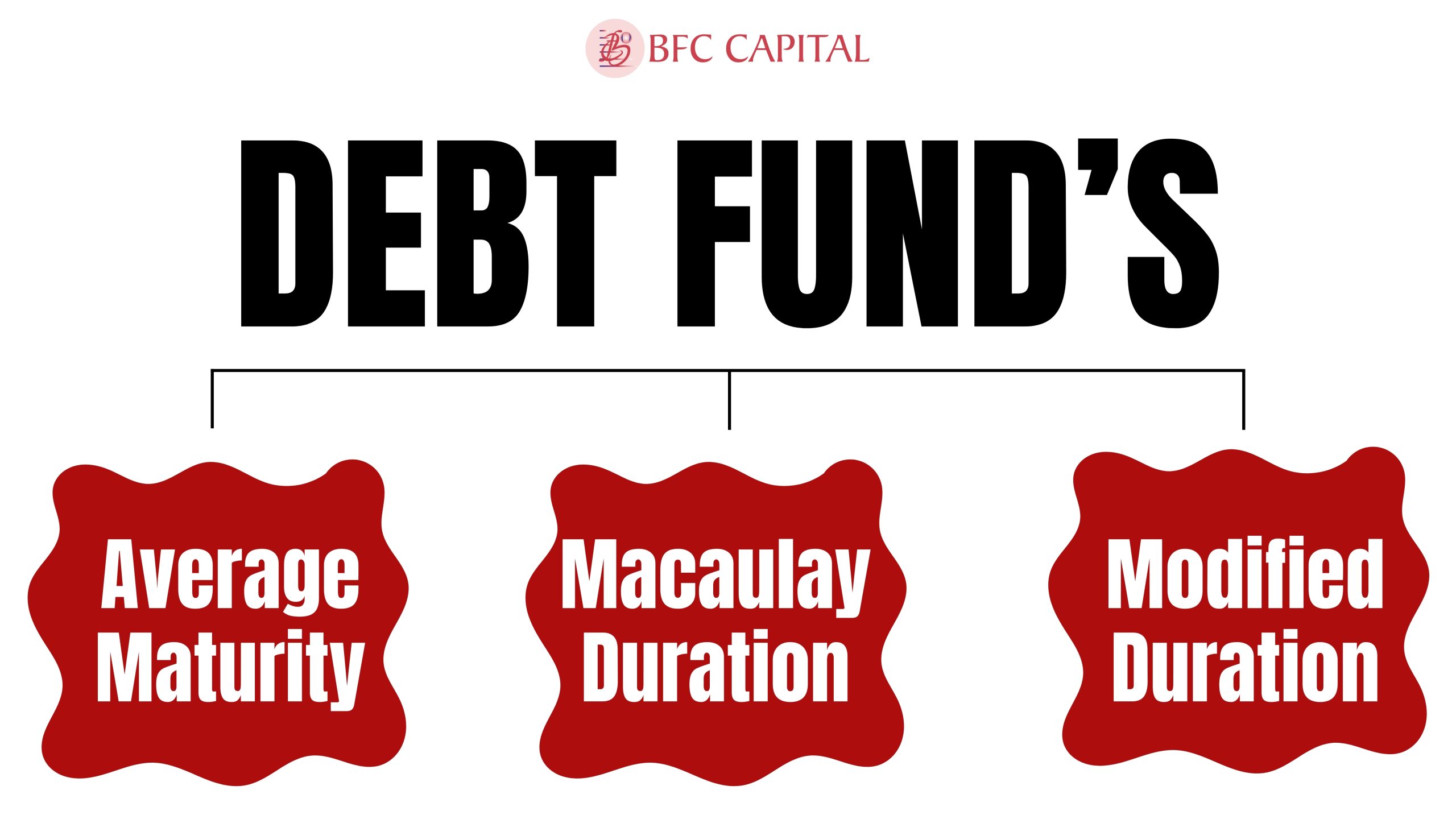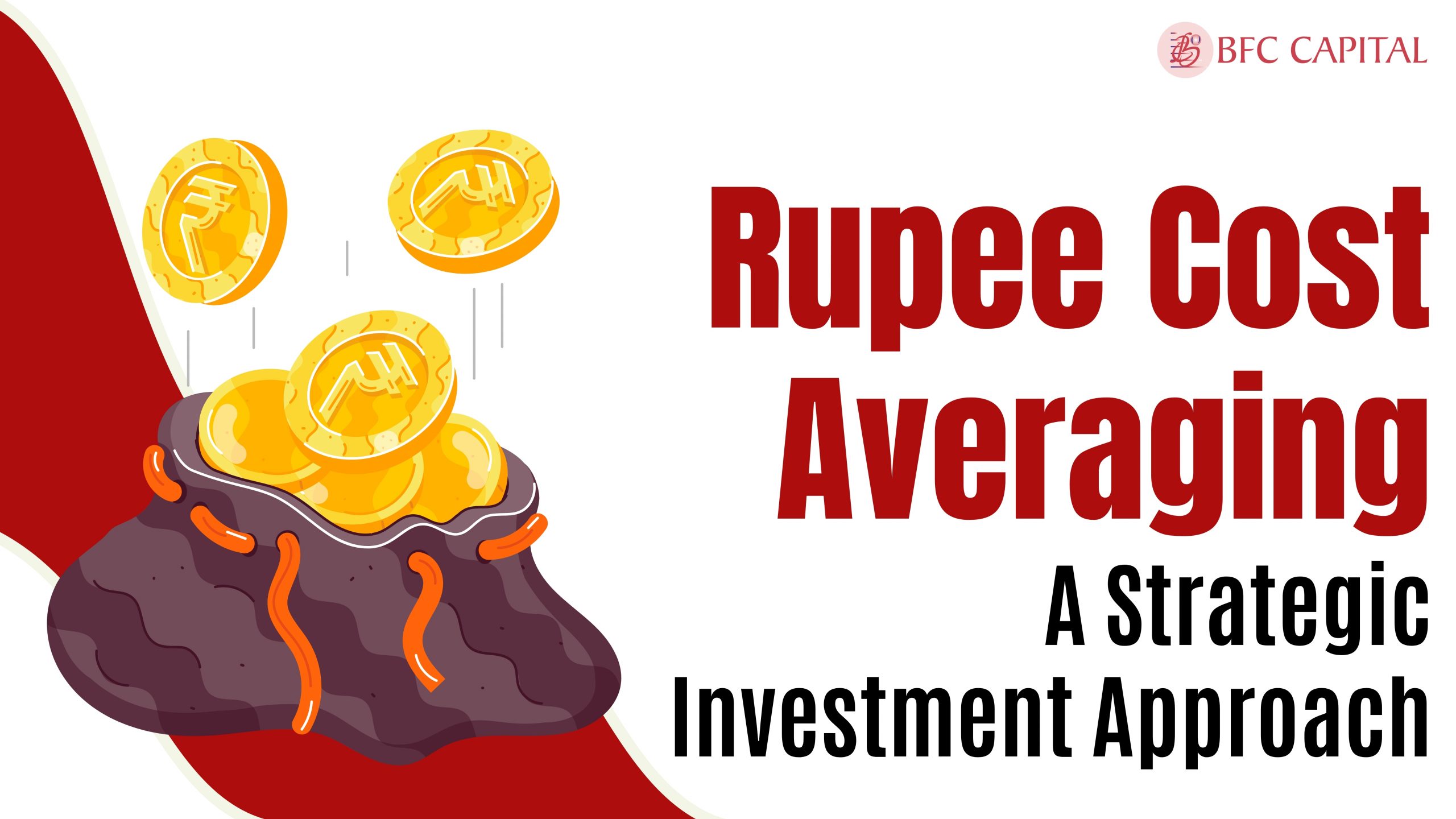
Bull vs Bear Market
Have you ever wondered about the story behind the nomenclature for Bull vs Bear markets? While there are multiple stories, one of the most common understandings is derived from how a bear and a bull attack. A bear grabs its victim by the claws and drags them down, but a bull thrusts its horns in the air and charges forward.
When you apply this understanding to the market, it is simple. In the bear market, the stock prices decline in a downward spiral as if being dragged down. Meanwhile, in the bull market, the prices rise as if being thrush upwards by an invisible force.
A bull market marks a rise or expected rise in stock market condition, and a bear market marks a decrease or expected decrease. It highlights the unpredictability of the stock market as your favourite team in the final championship game. It is unpredictable – whether the team will win or lose.
However, if the team is continuously on a winning streak, there are higher hopes or chances to win the championship game. The recurring trend easily identifies whether your team will win or lose. This comparison stands for the bull versus bear market scenario.
Table of Contents
When You Follow The Winning Team: The Bull Market
Imagine a lively sports arena where the atmosphere of the audience can shift drastically depending on their favorite team’s performance.
The bull market is similar to a championship-winning team. The crowd roars with excitement when the favorite team is continuously winning games. The audience cheers every play, and the positive energy radiates throughout the stadium.
This scenario resembles the enthusiasm investors feel when stocks at least rise 20% from the previous lows. It illustrates strong economic growth leading to investor confidence. Just as the fans celebrate the winning streak, investors are optimistic about the increasing market trend. Due to the winning streak of your favorite home team, the demand increases, fuelling the ticket prices to drive higher.
Next, suppose a cheering stadium of optimistic audience members who believe their team will win. This scene symbolizes a bullish market, characterized by:
- Expansion
- Low inflation
- Favorable policies
- High consumer demand
- Significant economic growth
Unlike the bear market, a bull market signifies a positive market outlook. Investors expect a rise in stock and commodity prices, currencies, and asset value. There is a relative increase in profitable opportunities if you buy or hold assets for the long haul.
When the Market is on A Losing Streak: The Bear Market
Suppose the home team is on a losing streak. The atmosphere of the stadium is full of anxiety and tension leaving fans disappointed and worried about their team’s future. A bear market, with declining stock prices by a 20% or higher margin resembles this losing team.
The market, like the team, has lost its footing. Investors are the disappointed fans who begin to lose confidence as well. They sell their shares leading to a lack of demand which results in further low prices. The fear generated due to the possible future of continued losses lastly creates a downward spiral. And, in the case of the market, a recession.
Just as a stadium riddled with anxiety and worry, the bear market is characterized by:
- Intense economic recession
- Contraction
- Low consumer demand
- Unfavorable government policies
- High inflation.
A bear market holds a negative outlook on the market. The stock prices, commodity prices, currencies, or asset value will most likely decline. The investors, due to a recession, believe that there are more potential risks as compared to rewards in the market. Therefore, investors resort to selling their shares or stocks at discounted prices out of fear resulting in losses that further drive the market down.
What Are the Differences Between Bull vs Bear markets?
- Significant Economic Components:
There are specific economic components that help you identify the differences between a bear and a bull market: - Employment: In a bull market, the economy thrives. An increase in industry results in a rise in production and the need for labour to meet the high demands. This creates more employment opportunities.
But, the economy in a bear market is slow. The production units are also affected due to the lessened demand and available work for the existing employees. This results in layoffs to cut off additional costs and high unemployment levels. - Interest Rate: A high interest rate during a bull market helps investors assess the excess liquidity. On the other hand, in a bear market, RBI lowers the interest rate to stimulate capex and liquidity-boosting production. In the latter scenario, foreign investors generally pull out existing investments or avoid making new investments.
- GDP: The bull market witnesses high GDP growth. The demand drastically increases, resulting in high industrial production, more sales, and a significant turnover. However, the bear market expects a lower GDP with less demand, low sales, and a decline in production.
- Stock Prices: During the bull market, your equity investments and stocks offer higher returns despite the potential risks they entail. But, in the bear market, stabilizing the income and preserving capital becomes the priority. You may invest in fixed deposits, government bonds, and PSUs that relatively entail less potential risk. Also, invest in different asset classes or hedge positions to balance your losses.
Pinpoint the Differences Between Bull vs Bear Markets: What Are the Indicators?
You are in a supermarket. You want to buy fresh vegetables and fruits for yourself, but how do you ensure their quality is good? Specific indicators like bruises, smell, and color help you differentiate between good and bad apples. The same goes for a Bull vs Bear markets.
The market doesn’t establish certain rules to identify a bear or bull market. But, you notice common indicators that professionals use to study the relevant market conditions:
- Market sentiments
Research and study the mood of the investors. How the professionals react to the market is influenced by news events, analyst reports, or internal messages. Understanding whether this sentiment is negative or positive affects the supply and demand of assets across the market.
- Market Indexes
Take into consideration how key indices track the overall performance of the 50 economically significant companies in India. It accesses the statistical measures that track changes in group stock prices representing a specific segment of the market.
- Pattern & Trend Analysis
Conduct technical analysis of trends in volumes, prices, and other market indicators. This analysis uses graphs, charts, resistance levels, and averages to identify potential trading entry and exit points. Through the outcomes of this analysis, you can anticipate the movements of the market.
- Market Corrections
Both market phases experience corrections, but, they manifest differently. The bear market witnesses downward adjustments to align with the declining market conditions. Meanwhile, in the bull market setbacks occur before the market rebounds. These corrections are a natural part of the market’s fluctuations as they offer strategic points for entry and exit for investors.
- Asset Classes
Rather than being indicators, the bear and bull markets impact asset classes in diverse ways. During a bull market, equities perform well whereas in a bear market, investors are attracted to safer investment plans. To minimize this, you should diversify your investment portfolio. This will maximize potential gains and navigate the different impacts of asset classes during evolving market cycles.
The additional factors that ascertain the differences or presence of either one of the market phases comprise investor sentiment, economic cycles, and investment opportunities.
Investment Strategies To Navigate The Market Movements and Manage Financial Complexities
During A Bullish Market
During a bull market, your investment strategy should be to capitalize on the increasing trend of stock prices.
First, purchase and hold onto your stocks in case their value starts to rise. Focus on companies with growth stocks as they have an above-average growth potential.
Second, buy stocks that already have upward-trending prices. Focus on selling these stocks when they are at their peak.
Third, diversify! Even during a market rise, diversifying your investments across asset classes and different domains helps mitigate risks.
Lastly, reinvest dividends. This augments the returns over time by taking advantage of the bull market’s growth potential.
During A Bearish Market
Unlike a bull market, investing in a bear market has to be cautious. Instead of capitalizing, focus on stability.
First, invest in resilient stocks i.e., shares in companies that offer essential goods and services such as healthcare. These stocks are relatively less volatile and maintain their value during economic recession.
Second, you may safeguard your investments in fixed-income securities and bonds and invest less in market-linked instruments. Consult your financial expert for detailed advice. Additionally consider investing in stocks with regular dividends to offer you a steady income.
Third, save a portion of your portfolio in cash reserves. This protects your cash equivalents from further decline. However, when the market turns around, the available liquidity will provide more buying opportunities.
And the Bottom Line is….
Investments during the Bull vs Bear markets differ. Keep in mind the different objectives, risk tolerance, preferences, and time. You never know how the market will continue to move – whether there will be bumps in the road or it will flow seamlessly like water.
Use your knowledge to your advantage even when the anxiety and fear of market fluctuations threaten to sway you. Adopt different strategies depending on whether the market is in the bull or bear phase.
Diversify your portfolio. Do your research. Stay informed. Be disciplined!
Please share your thoughts on this post by leaving a reply in the comments section. Also, check out our recent post on:
To learn more about mutual funds, contact us via Phone, WhatsApp, Email, or visit our Website. Additionally, you can download the Prodigy Pro app to start investing today!
Disclaimer – This article is for educational purposes only and by no means intends to substitute expert guidance. Mutual fund investments are subject to market risks. Please read the scheme-related document carefully before investing.

Assistant Vice President – Research & Analysis
Akash Gupta heads the Research & Analysis department at BFC CAPITAL, where he combines in-depth market insights with strategic analysis. He holds multiple certifications, including:
- NISM-Series-XIII: Common Derivatives Certification
- NISM-Series-VIII: Equity Derivatives Certification
- NISM-Series-XXI-A: Portfolio Management Services Certification
- IRDAI Certification
With his expertise in equity, derivatives, and portfolio management, Akash plays a key role in providing research-backed strategies and actionable insights to help clients navigate the investment landscape.








Name: Individual Health Policy Vs Family Floater Plan: Which is Better?
says:[…] Please share your thoughts on this post by leaving a reply in the comments section. Also, check out our recent post on: “Bull vs Bear Markets: Every Investor Should Know“ […]